European Roundabout Rules: A Comprehensive Guide for Drivers

by Mary | Last Updated January 4, 2026

Roundabouts can be one of the most intimidating road features for drivers, especially when traveling through different European countries where rules may vary.
Did you know that the UK alone has over 25,000 roundabouts, while France boasts an impressive 30,000? These circular junctions are designed to improve traffic flow and reduce accidents, but understanding the specific rules across Europe is essential for safe driving.
Whether you’re planning a European road trip or simply want to brush up on international driving standards, this guide will walk you through everything you need to know about European roundabout rules.
What Are The Roundabout Basics in Europe
Let me tell you, European roundabouts can be a total game-changer when you’re driving abroad! Unlike traffic circles, where vehicles inside might need to yield, roundabouts give priority to cars already circling. I remember my first time approaching one in France—totally nerve-wracking, but they’re actually designed to be safer.
Studies show that roundabouts reduce injury crashes by a whopping 75% compared to traditional intersections. They keep traffic flowing without those annoying complete stops at red lights.
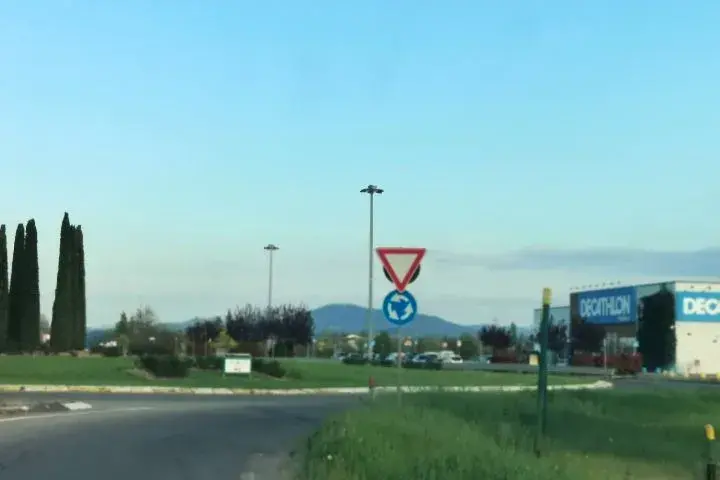
Most European roundabouts have a central island (sometimes with cool monuments or plants), clearly marked entry and exit points, and those all-important yield lines. Pay attention to those!
Traffic moves clockwise in the UK and Ireland, while in continental Europe, traffic moves counterclockwise. I learned this the hard way in London after years of driving in Italy—nearly gave myself a heart attack going the wrong direction! Trust me, it’s something you gotta remember.
Right of Way and Priority Rules Across European Countries
The golden rule when tackling European roundabouts? Give way to traffic already circling inside. Most European countries follow this system, but there are some tricky exceptions that catch even seasoned travelers off guard.
- France throws a curveball with some of their older roundabouts where “priorité à droite” (priority to the right) still applies. You’ll know these by the absence of yield signs at entry points. I nearly crashed my rental car outside of Marseille because of this quirky rule!
- Germany and Spain have their own multi-lane roundabout drama. In Germany, you must use your turn signal when exiting, while Spanish roundabouts often require you to be in the outermost lane before exiting. The signage varies, too – Eastern European countries tend to use more pictorial warnings, while Western Europe relies on standardized symbols.
Unlike regular intersections, where traffic lights rule supreme, roundabouts keep things moving with yield-based priority. Much smoother once you get the hang of it!
Navigating UK and Ireland Roundabouts – Left-Side Driving
Driving in the UK and Ireland feels like entering a mirror universe! Their roundabouts flow clockwise, which totally messed with my brain the first time. You’ll approach from the left side of the road and need to yield to traffic coming from your right—exactly opposite from continental Europe.
Picking the right lane is super important. General rule:
- Use the left lane for exits before or at 12 o’clock position and the right lane for later exits. I once got stuck circling a busy Edinburgh roundabout three times because I chickened out of changing lanes!
- Signal right when entering if you’re taking the third exit or later, then always signal left after passing the exit before yours. British drivers get seriously annoyed if you don’t follow this protocol.
Those mini-roundabouts (just a painted circle) in residential areas? Treat them exactly like their bigger cousins, even though you might be tempted to drive straight over them. And watch out for the #1 mistake continental drivers make—looking in the wrong direction when entering. I’ve had some near-misses that still make me shudder!
Plan Your Trip with Our Favorite Booking Tools
Continental European Roundabout Navigation – Right-Side Driving
Mainland Europe’s roundabouts follow a clockwise flow that feels natural if you’re used to right-side driving. You’ll enter from the right side of the road and yield to traffic coming from your left. After driving in the UK, my first continental roundabout in Belgium felt like returning to sanity!
Each country has its own quirks with lane positioning. France is pretty relaxed, while Germany expects strict lane discipline—outside lane for first exit, inside lane for later exits. Italy? Well, lane markings sometimes feel more like loose suggestions! In Spain, you’ll often find spiral markings guiding you naturally to your exit.

Signaling varies wildly across regions:
- Northern countries like Germany require signals when exiting.
- Mediterranean countries often expect signals both entering AND exiting. I learned this in Barcelona when a local driver gave me a not-so-friendly hand gesture!
- Those older French roundabouts with priority-to-the-right rules are becoming rare but still exist in smaller towns. Look for missing yield signs and triangular “yield ahead” markings—if they’re absent, assume the old rules apply.
- Big city multi-lane roundabouts like Paris’s Place Charles de Gaulle? Pick your lane early, be assertive but not aggressive, and don’t change your mind mid-roundabout! I still have nightmares about getting caught in the inner lane of a three-lane monster in Milan.
Roundabout Signage and Road Markings Across Europe
European roundabout signs are actually pretty consistent once you know what to look for!
- The triangular sign with a circle of arrows is your heads-up that a roundabout is coming. I remember panicking the first time I saw one in Portugal because I had no clue what it meant—had to decipher it at 80 km/h!
- Lane markings vary between countries in sneaky ways. Northern European nations like Sweden use super clear arrow markings showing exactly which lane goes where. Meanwhile, southern countries like Italy might just have basic lines or sometimes nothing at all! Talk about driving by feel.
- The upside-down triangle (yield sign) is your most important clue. If it’s there, you definitely need to give way. French roundabouts sometimes don’t have these signs at all—that’s when the priority-to-right rule might be in effect. I nearly got T-boned outside Nice because of this difference.
- Direction signs are usually mounted before the roundabout and repeated on the central island. They’ll show exit numbers or destinations with arrows. The Netherlands has some of the clearest signage I’ve ever seen, while Greek signs left me constantly guessing.
- Watch out for blue circular bike lane markings, especially in bike-friendly places like Denmark and the Netherlands. These lanes often have priority, and I’ve seen many tourists get dirty looks from cyclists after accidentally blocking their path.
- Pedestrian crossings are typically zebra-striped and set back slightly from the roundabout—another detail I wish someone had told me before my first European road trip!
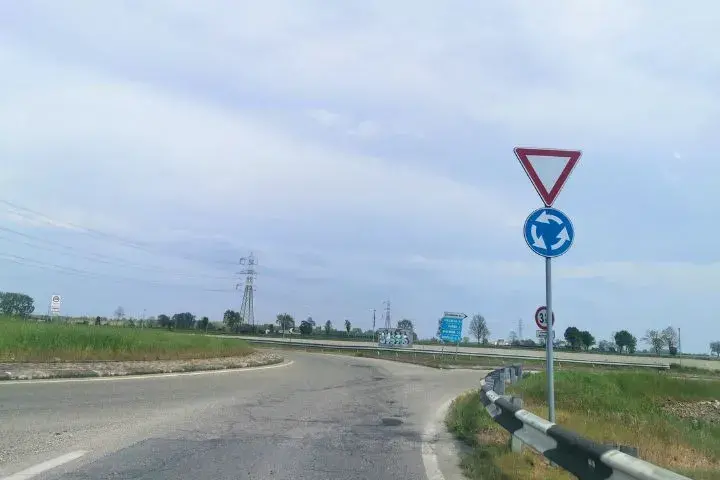
Special Types of European Roundabouts and Their Rules
Dutch turbo roundabouts will blow your mind the first time you encounter them! They use raised lane dividers that physically prevent you from changing lanes once you’re in. I learned this the hard way outside Rotterdam when I tried to switch lanes and nearly scraped my rental car. You absolutely must choose your lane before entering based on your exit—there’s no second-guessing allowed!
The UK’s “magic roundabouts” are basically traffic nightmares made real—they’re 5 or 6 mini-roundabouts arranged in a circle around a central roundabout. The famous one in Swindon made me sweat bullets! You navigate each mini-roundabout individually, which means constantly switching between yielding and having priority.
Signalized roundabouts pop up in busy urban areas across Europe. The traffic lights temporarily override the regular roundabout rules when they’re red—a detail I missed in Brussels, earning honks from everyone around me. When lights are green or flashing amber, standard roundabout rules apply.
Scandinavian shared space roundabouts have minimal markings and mix cars, bikes, and pedestrians in a way that feels chaotic but actually works. Everyone moves slowly and makes eye contact.
The spiral roundabouts in Spain and Portugal use curved lane markings that gradually guide you outward as you approach your exit. No lane changing needed! After the stress of regular multi-lane roundabouts, these felt like a gift from the traffic gods. Just follow the spiral pattern for your exit, and you’re golden!
Tips for Tourists Driving on European Roundabouts
Prep work before your trip makes all the difference! I always watch YouTube videos of roundabouts in countries I’m visiting—sounds nerdy, but it saved me from total disaster in Portugal. Those few minutes of research helped me visualize what I’d face on actual roads.
Navigation apps are absolute lifesavers. Google Maps now announces which exit to take and lane to use, but Waze gives more advanced warning about roundabouts.
My personal fave is TomTom GO, which shows a visual of the roundabout with your path highlighted—a total game-changer in multi-lane situations!
Tourist mistake #1: panicking and stopping inside the roundabout. I’ve done this in Barcelona and nearly caused a pile-up! Other common errors include forgetting to signal, choosing the wrong lane, or looking in the wrong direction when entering.
Knowing local terms helps when asking for directions. It’s “rond-point” in France, “Rotonda” in Italy, “Kreisverkehr” in Germany, and “Rotonda” in Spain. The Brits sometimes call them “islands” or “circus” for the really big ones.
Took the wrong exit? Don’t freak out like I did outside Prague! Never, ever reverse—just keep going, find a safe place to turn around, and try again. Most exits lead to another roundabout within a kilometer, making recovery pretty simple. My rule of thumb: when in doubt, take another lap around before deciding!
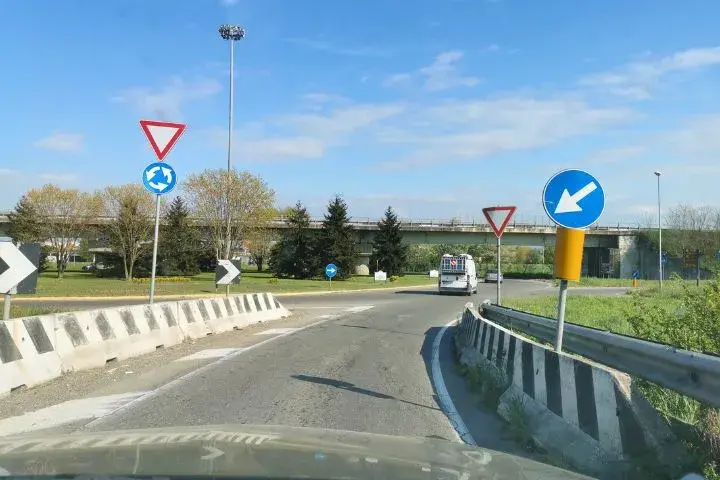
🔄 Smart Driving in Europe: Related Guides Before You Hit the Roundabouts
Before you read about European roundabouts, check these essential guides to prepare your trip and drive safely across borders:
- Start with How to Plan a European Road Trip — full roadmap on planning routes, rules, and essentials for any trip. Travelandoo
- Brush up on all road signs with European Road Signs Meaning: Complete Guide — knowing signs makes navigating roundabouts safer.
- Make sure you travel prepared using Essential Europe Car Travel Packing List — includes safety gear and essentials for unexpected situations.
- If you travel across many countries, use Europe Fuel Cost Calculator – Plan Your Road Trip Budget — important to calculate cost including countries with tolls & vignettes.
- Understand tolls & vignettes system with Europe’s Highway Vignette System: Complete Guide — especially useful when planning routes with toll roads.
- For flexibility, check One-Way Car Rental Europe No-Fee Guide — ideal for multi-country loops using roundabouts, tolls, rentals.
- Before starting long drives, ensure safety with Car Breakdown in Europe: What to Do — helpful if you get stuck in remote areas or unfamiliar roads.
Future Trends in European Roundabout Design and Regulation
Smart roundabouts are totally changing the game in cities like Amsterdam and Berlin! These high-tech junctions use sensors to detect traffic flow and adjust signals accordingly. I drove through one in Munich last year that had LED indicators showing when it was safe to enter—felt like I was driving in some sci-fi movie!
The EU is finally tackling the roundabout chaos with standardization efforts set to roll out by 2026. About time, if you ask me! After decades of country-specific rules confusing the heck out of tourists, they’re working on unified signage and priority rules that’ll apply from Portugal to Poland.
Autonomous vehicle companies are having a tough time with European roundabouts. Each car needs to be programmed differently for UK versus continental roundabouts, not to mention all the regional quirks.
A Tesla engineer told me roundabouts are their “biggest headache” in European programming!
The environmental side is pretty cool, too. Italy’s new roundabouts feature densely planted islands that help filter air pollution, while Barcelona has installed solar-powered LED markers along roundabout edges that store energy during the day and light up at night. I was impressed by how these subtle lights improved visibility without being distracting.
As for safety improvements, Copenhagen’s new cyclist-priority roundabouts give bikes their own raised lane with distinctive blue markings. After nearly colliding with cyclists on traditional roundabouts, I’m all for these changes! Some Spanish cities are also testing pedestrian tunnels beneath major roundabouts—no more playing human Frogger to cross heavy traffic!
Conclusion
Mastering European roundabout rules might seem daunting at first, but with the specific guidelines we’ve covered, you’re now equipped to navigate these circular junctions with confidence!
Remember that while general principles apply across Europe, staying alert to local variations is key to safe driving.
Whether you’re tackling the complex magic roundabouts in the UK or adjusting to priority-to-the-right rules in France, understanding these differences will make your European driving experience much smoother. Before your next trip, consider reviewing the specific rules for countries on your itinerary and perhaps practice some routes using street view in navigation apps.
Safe travels on your European adventures, and remember—signal clearly, choose your lane early, and always yield when required!
🔄 FAQs About Roundabout Rules in Europe
Do roundabout rules vary between European countries?
Yes. While most European countries give priority to vehicles already inside the roundabout, some exceptions exist. In certain older zones (like parts of Paris), entering traffic still has priority unless signs say otherwise.
Who has the right of way in a European roundabout?
Typically, vehicles already in the roundabout have the right of way. However, this can vary depending on signage, country, and whether it’s a marked modern roundabout or an older traffic circle.
Do I need to signal in a roundabout in Europe?
Yes. You should signal right when exiting the roundabout and sometimes signal left if you’re going more than halfway around. Signaling rules may vary slightly between countries like France, Germany, and the UK.
Are there multi-lane roundabouts in Europe?
Yes. Many cities in Europe have roundabouts with two or more lanes. It’s important to choose the correct lane before entering, and stay in that lane until you exit — unless road markings indicate otherwise.
How do roundabouts differ in the UK vs. mainland Europe?
In the UK, you drive on the left, so roundabouts move clockwise, and the priority is to the right. In most of mainland Europe, you drive on the right and roundabouts move counterclockwise, with priority typically to the left.
Can GPS apps help with navigating roundabouts in Europe?
Yes. Navigation apps like Google Maps and Waze often indicate which exit to take in a roundabout. Some also provide lane guidance and alerts for complex junctions or roundabouts with multiple exits.
Are roundabouts safer than traffic lights in Europe?
Generally, yes. Roundabouts are designed to reduce high-speed collisions and improve traffic flow. However, confusion over priority or unfamiliar layouts can lead to accidents if drivers aren’t prepared.
Are there any special rules for roundabouts in tourist-heavy cities?
Some cities with high tourist traffic (like Rome, Paris, or Barcelona) may have more signage or even “turbo roundabouts” with strict lane separation. It’s essential to stay alert and know the local rules.
💬 We’d love to hear from you!
Have questions, tips, or personal travel stories to share? Drop them in the comments below — your insights help fellow travelers plan their adventures too.


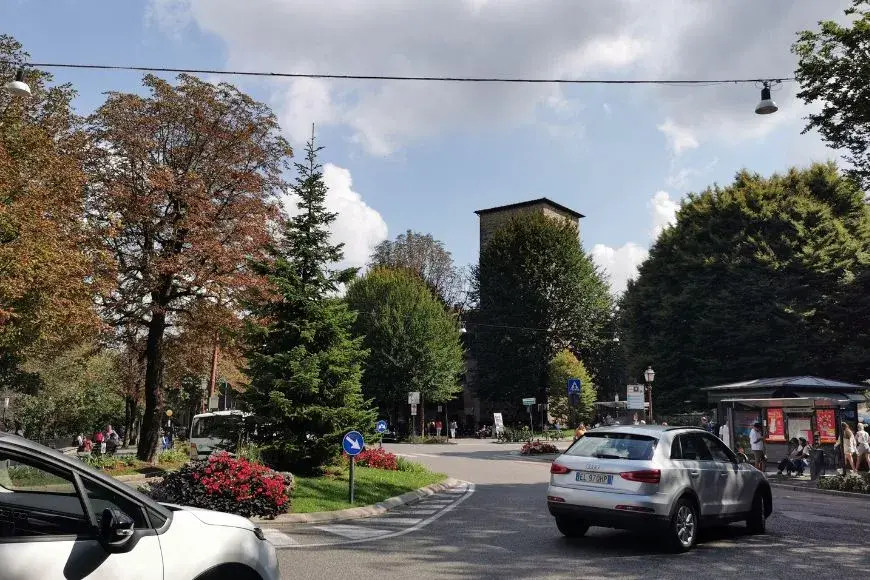





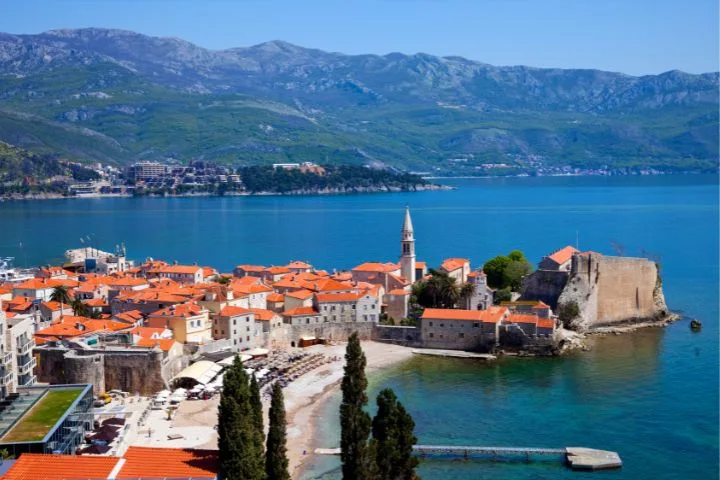




Might be a typo, in “Navigating UK and Ireland Roundabouts – Left-Side Driving”, traffic approaching from the right would be traveling clockwise, not counterclockwise.
Thanks so much for spotting that! 🙏 You’re absolutely right — in the UK and Ireland, roundabout traffic flows clockwise, so vehicles approach from the right. That was a small slip(typo) on my part, and I have corrected it. Really appreciate you taking the time to mention it — details like that help keep our driving guides as accurate as possible. Safe travels out there!